Duffy Gaier, Field Morey, Herbert Hardrath, Walter Lees And
Paul Culver All Honored Aviators
The Wisconsin Aviation Hall of Fame honored five aviators for
their accomplishments in state aviation at its annual Investiture
Ceremony and Banquet at the EAA AirVenture Museum in Oshkosh.
Inducted on November 6 were Harold "Duffy" Gaier, Field Morey,
Herbert Hardrath, Walter Lees and Paul Culver.

"Duffy" Gaier (above) began his career in aviation on the sod
runways of central Wisconsin near his hometown of Colby in 1966. In
1973, he settled at Neillsville where he helped develop the
airport, gave flight instruction and served as the FBO. In 1986,
Gaier was named the FBO and manager of the Marshfield Airport,
doing business as Duffy's Aircraft Sales and Leasing. He continued
to work for improvements at both Neillsville and Marshfield,
including lighting, runway extensions, ramps and taxiways.
Along the way, Duffy acquired the Pilot Examiner rating. Duffy
has conducted over 3,500 flight checks. He is known as aviation's
best friend in central Wisconsin.
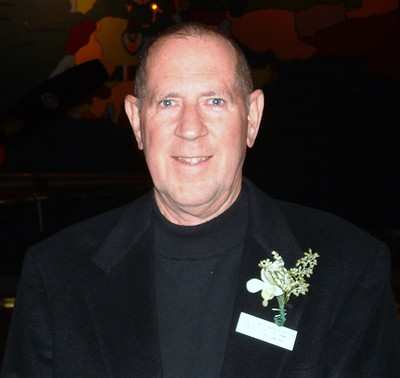
Field Morey (above) was born into aviation. Field is the son of
aviation pioneer and 1987 WAHF Inductee Howard Morey. Field is a
long time flight instructor and former manager of the Morey Field
airport. Field is internationally known as an aviation entrepreneur
who launched a revolutionary flight-training program designed to
give pilots a wide range of experience in weather, terrain and
airspace. The West Coast Adventures training flights take two
pilots on a weeklong trip from the Midwest to the West Coast and
back. Morey has conducted over 250 such flights, with over 500
graduates. Field is also an FAA Pilot Examiner and has certified
nearly 2,000 pilots. Both Morey and Gaier are recipients of the
Wisconsin Bureau of Aeronautics Lifetime Achievement Award.
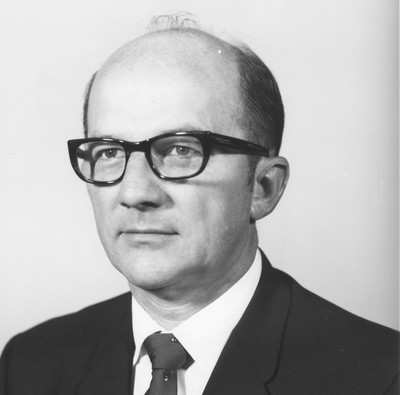
The late Herbert Hardrath (above) was born in Manitowoc in 1922
and enlisted in the Navy for WWII. At war's end, he used his G-I
benefits to obtain the education that enabled him to become one of
America's foremost experts in the field of aircraft materials and
structure fatigue. Hardrath began work with NASA in 1947 and
remained until his retirement in 1980. He served as an accident
consultant with the NTSB. Hardrath was also a consultant to the
Scientific Advisory Board of the US Air Force Ad Hoc Committee on
Structures for the B-70, B-47, B-52, KC-135, C-130 and C-5
aircraft. Hardrath also contributed to the manned space program.
His work merited the NASA Apollo Achievement Award, granted "in
appreciation of dedicated service to the nation as a member of the
team which has advanced the nation's capabilities in aeronautics
and space…culminating in Apollo 11's successful achievement
of man's first landing on the moon."
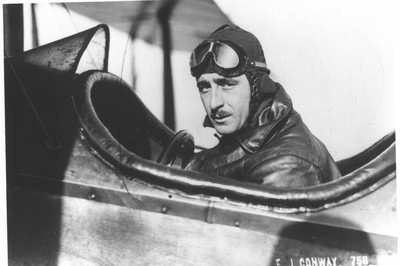
Eau Claire native Paul Culver (above) began flying in 1916
and was awarded Expert Pilot's License No. 74 by the Aero Club of
America. He was one of the first five pilots to volunteer for the
Army Signal Corps, which evolved into the Army Air Service when the
United States entered WWI in 1917. Being an experienced instructor,
he was too valuable to risk in combat, so the Army sent him to
train aviators at Wright Field in Ohio and Ellington Field in
Texas. In 1918, Culver was one of six top Army pilots chosen to
inaugurate scheduled US Air Mail Service. Culver left the Army and
aviation to pursue a business career and raise a family, but he
volunteered for duty as a naval aviator in WWII. He died in
1964.
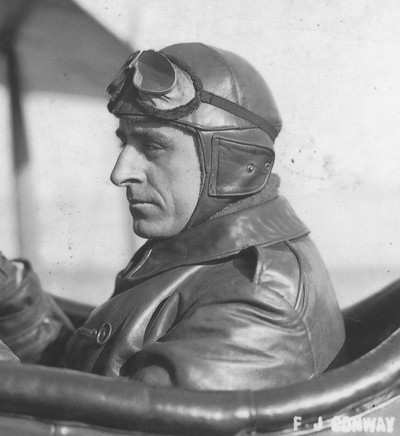
Walter Lees (above) was born in Janesville and was raised in
Mazomanie. He found his life's work watching a Curtiss pusher fly
over Ashland in 1911. He was a mechanic/pilot with the Benoist
Company, making his first flight in 1912.
Lees completed pilot training at the Curtiss Aviation School in
San Diego, and then transferred to the Curtiss school in Newport
News, Virginia, where he was certified in Flying Boats and JN-4's
as Expert Aviator No. 79. When the United States entered WWI, Lees
immediately joined the Air Service. He became a flight instructor,
and was one of Billy Mitchell's first flight instructors.
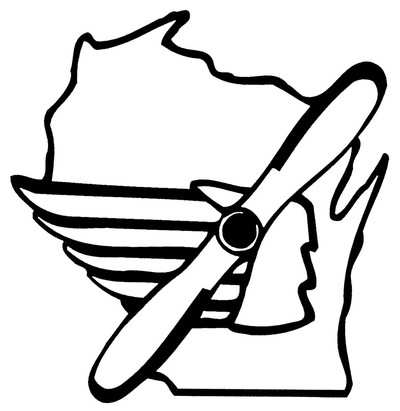
In 1931, Lees and Fred Brossy, flying a Packard diesel-powered
Bellanca cabin plane, set a record for a non-refueled airplane
flight of 84 hours and 32 minutes. The record held until 1986. Lees
retired in 1946 after 35-years in aviation. Both Lees and Culver
were inducted in the Pioneer category, for those who made
significant achievements in aviation before 1927.
 Aero-News: Quote of the Day (04.28.25)
Aero-News: Quote of the Day (04.28.25) ANN's Daily Aero-Term (04.28.25): Decision Altitude (DA)
ANN's Daily Aero-Term (04.28.25): Decision Altitude (DA) ANN's Daily Aero-Linx (04.28.25)
ANN's Daily Aero-Linx (04.28.25) Airborne-Flight Training 04.24.25: GA Refocused, Seminole/Epic, WestJet v TFWP
Airborne-Flight Training 04.24.25: GA Refocused, Seminole/Epic, WestJet v TFWP Aero-News: Quote of the Day (04.29.25)
Aero-News: Quote of the Day (04.29.25)








